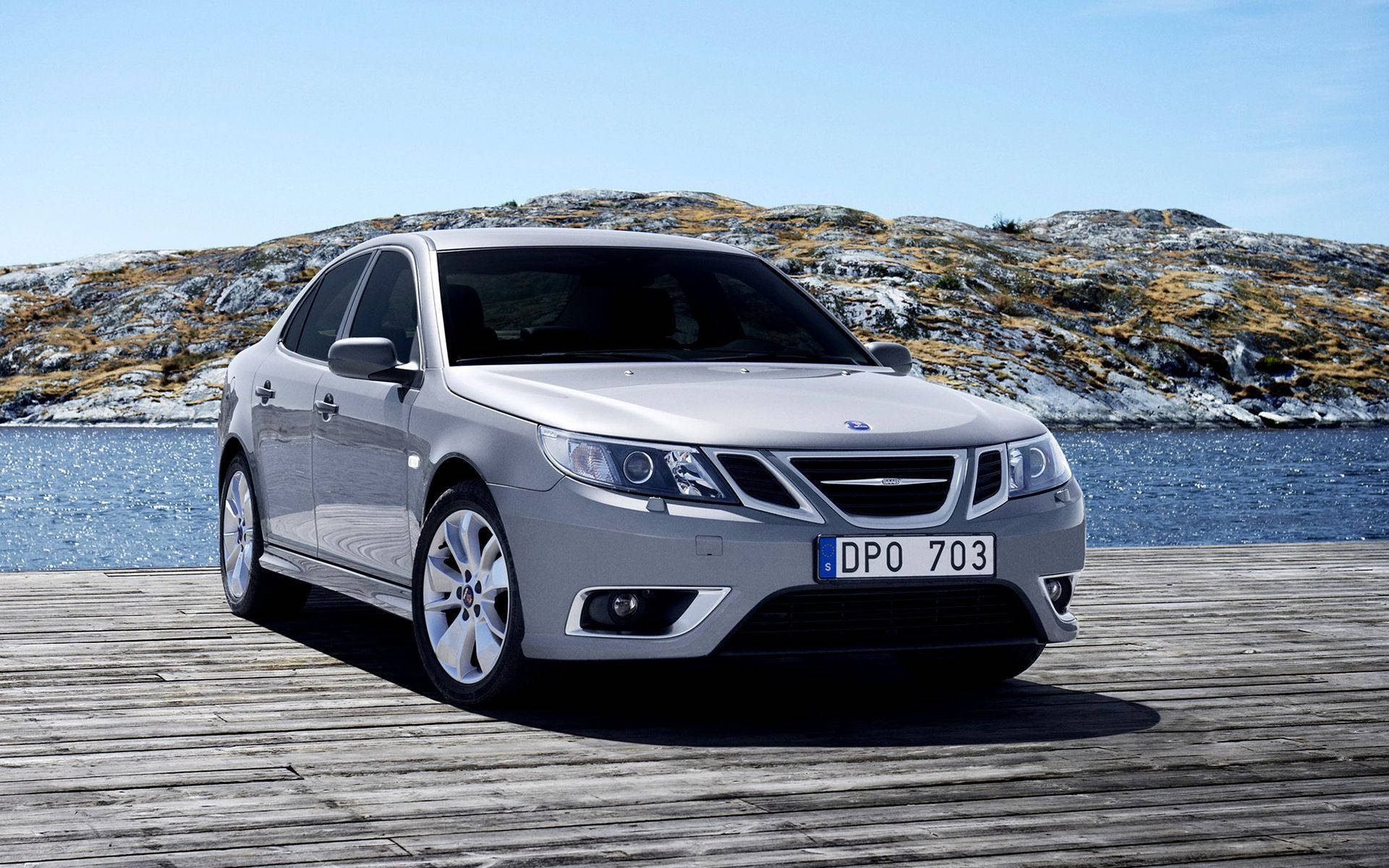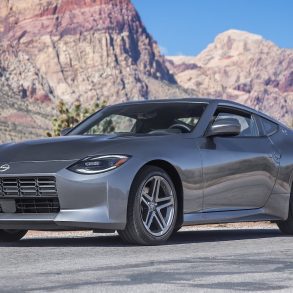Saab Sales Data, Trends & Analysis for the U.S Automotive Market
This is your hub for all of the Saab sales data for the U.S market.
Saab Automobile was a Swedish car manufacturer founded in 1945 when its parent company SAAB AB (a Swedish aerospace and defense company) decided to develop a small automobile. The Saab brand is known for focusing on quality, unique design, and use of technological innovations for their cars. Saab, the “other Swedish car brand” after Volvo, had a tumultuous decade before it finally went bankrupt in 2011. It had been acquired by General Motors in 1989, which thought it could combine the brands attractively quirky image with its own mainstream technology. Unfortunately, the resulting cars, the 900, 9-3 and 9-5 lost some of the charm, but more importantly were hampered by GM’s sub-par platforms.
As things went from so-so to bad in the early 2000s, GM desperately tried to broaden Saab’s range by adding the 9-2X (essentially a barely restyled Subaru Impreza Wagon) and 9-7X (a sad clone of the body-on-frame Chevrolet TrailBlazer), which went about as badly as it could have. After that fiasco GM looked like it was finally going to get serious about Saab, the result being the rather-quite-good new 9-5 and 9-4X crossover. Unfortunately, this was about the same time when the financial crisis hit and GM offloaded Saab to Spyker, which only managed to keep the company away from bankruptcy for another year.
The company’s first model was the Saab 92 which they launched in 1949. But the golden era for Saab was between the 1960s and 1980s. During these decades, Saab launched many unique-looking vehicles that emphasizes on technological innovations, safety, and comfort. It was during this time that the conservative appeal of Saab vehicles attracted the interest of many people which formed some kind of cult following around the brand.
Things were not the same for the brand after the next decades as Saab struggles to compete with other car manufacturers. Everything went downhill when it was fully acquired by General Motors in 2000. Developmental issues under GM led to Saab losing lots of money and failing to attract customers with their new models. The yearly sales data below will show you just how the sales of Saab has under-performed from 2010 to 2011. Saab was unable to build its customer base even though they have a reputation for developing vehicles that are well-engineered. The brand was unable to appease their customers anymore even though they keep on releasing new models almost every year.
Another reason why the brand suffered in sales is because of their luxury price tag. Saab cars have become even more expensive over the years forcing their loyal customers to switch to other brands. Ultimately, Saab was one of the brands axed by GM because of declining sales in 2010 when it was sold to Spyker (Dutch automaker).










it is sad that this little car brand had to shut down